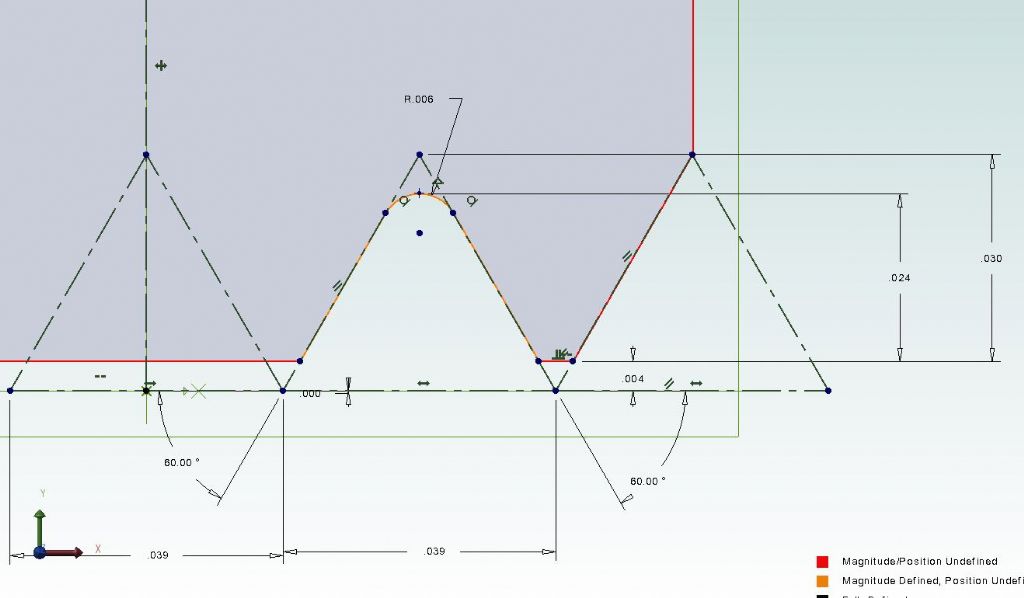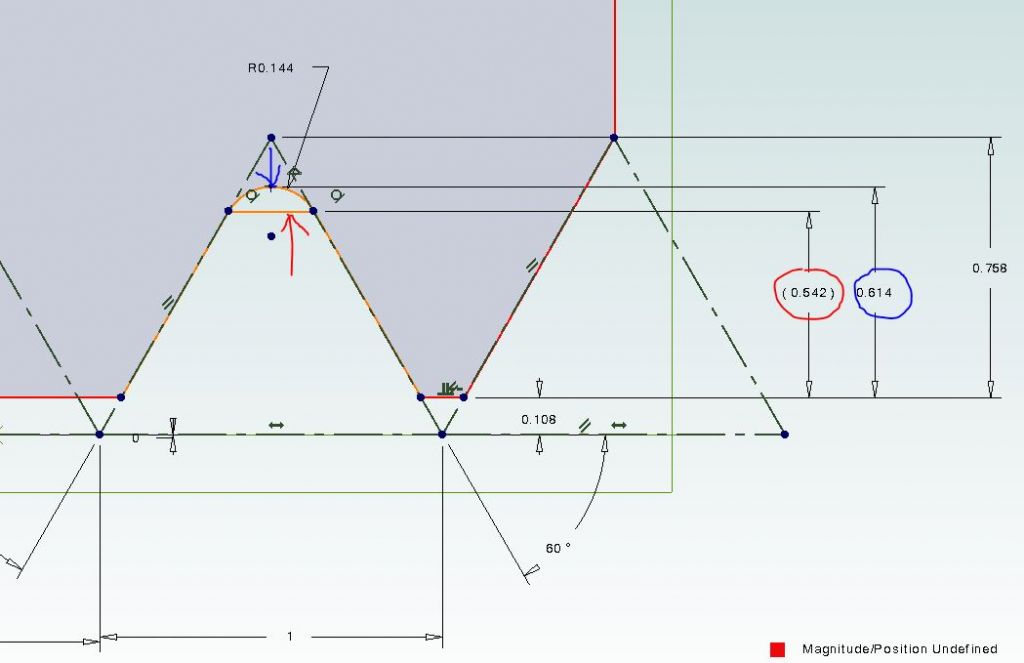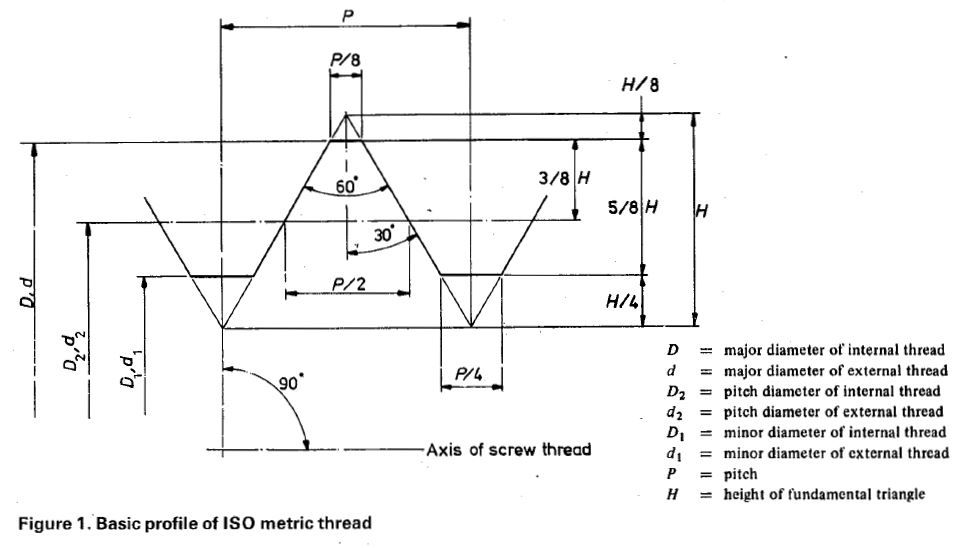Metric thread dimension wanted.
Metric thread dimension wanted.
- This topic has 22 replies, 11 voices, and was last updated 1 August 2021 at 21:21 by
 Michael Gilligan.
Michael Gilligan.
Viewing 23 posts - 1 through 23 (of 23 total)
Viewing 23 posts - 1 through 23 (of 23 total)
- Please log in to reply to this topic. Registering is free and easy using the links on the menu at the top of this page.
Latest Replies
Viewing 25 topics - 1 through 25 (of 25 total)
-
- Topic
- Voices
- Last Post
Viewing 25 topics - 1 through 25 (of 25 total)
Latest Issue
Newsletter Sign-up
Latest Replies
- Some help with a Cowells speed controller needed.
- Lantern Pinion
- Emco FB2 and Maximat Mill?
- Museum of Science and Technology of Catalonia
- Fitting DRO to Myford VME mill.
- Geography lesson required? Crossley Engine
- Boiler Examinations: 7-yearly External Query
- Bending EN24t
- Amazing Fellow and his musical machines..
- Anyone know about wells and Victorian plumbing?










